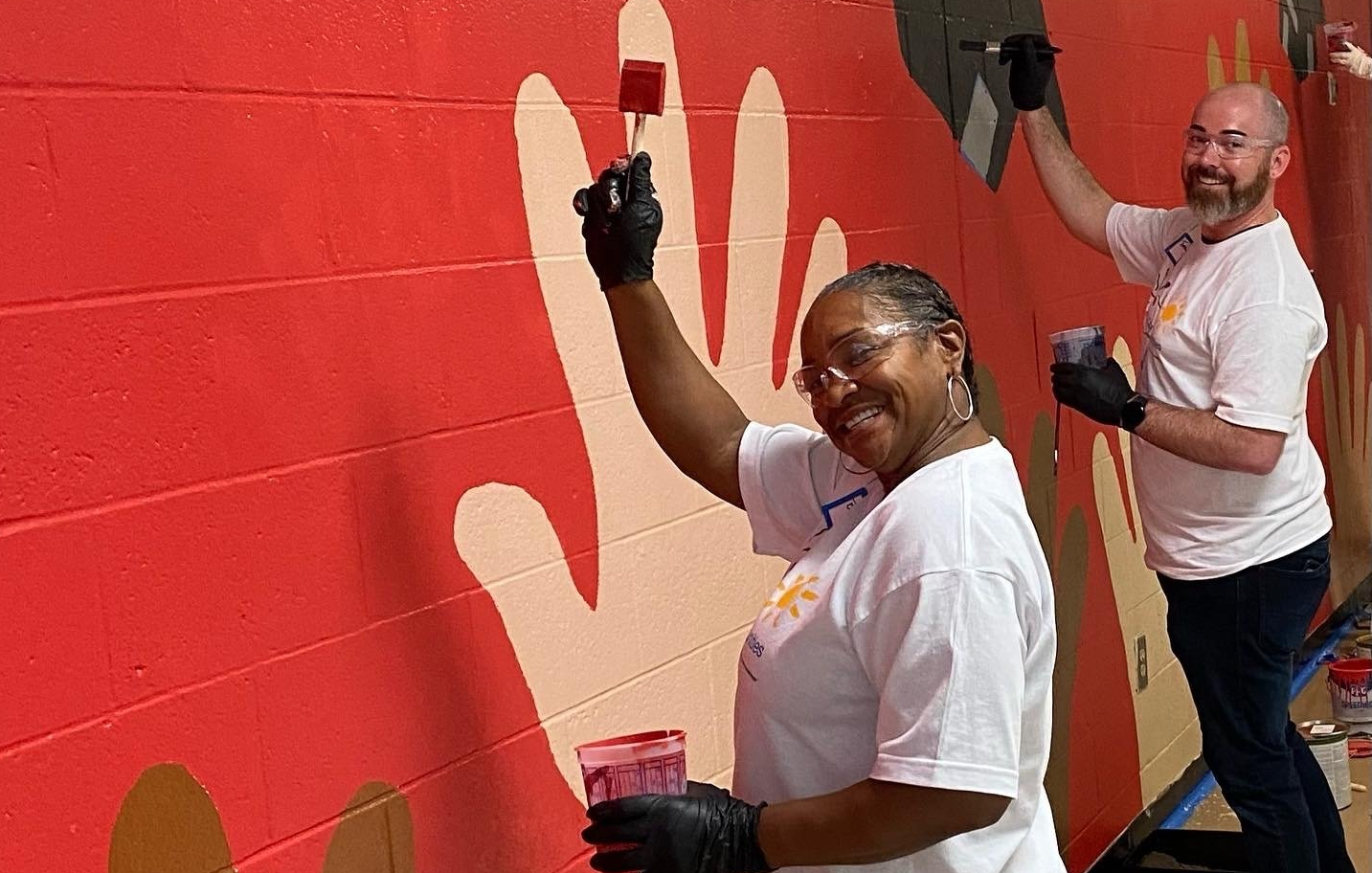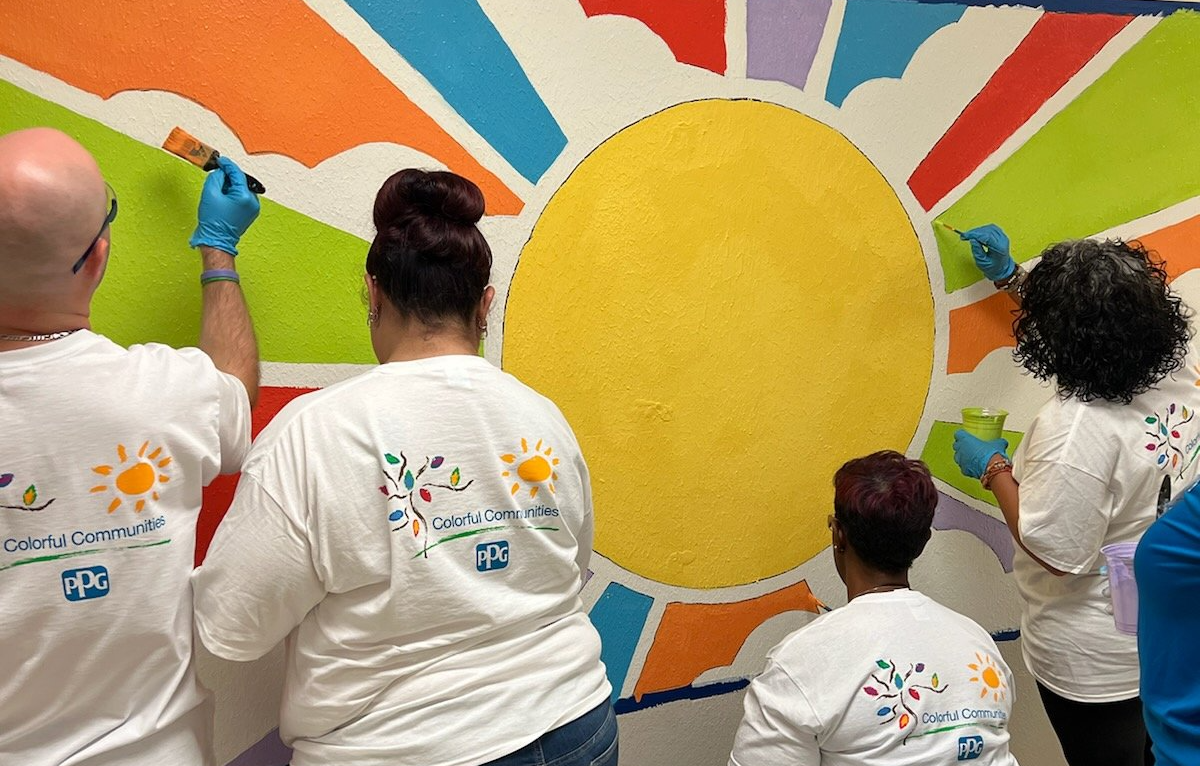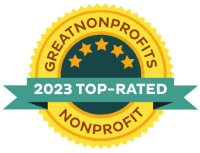Positive learning environments
set students up for success
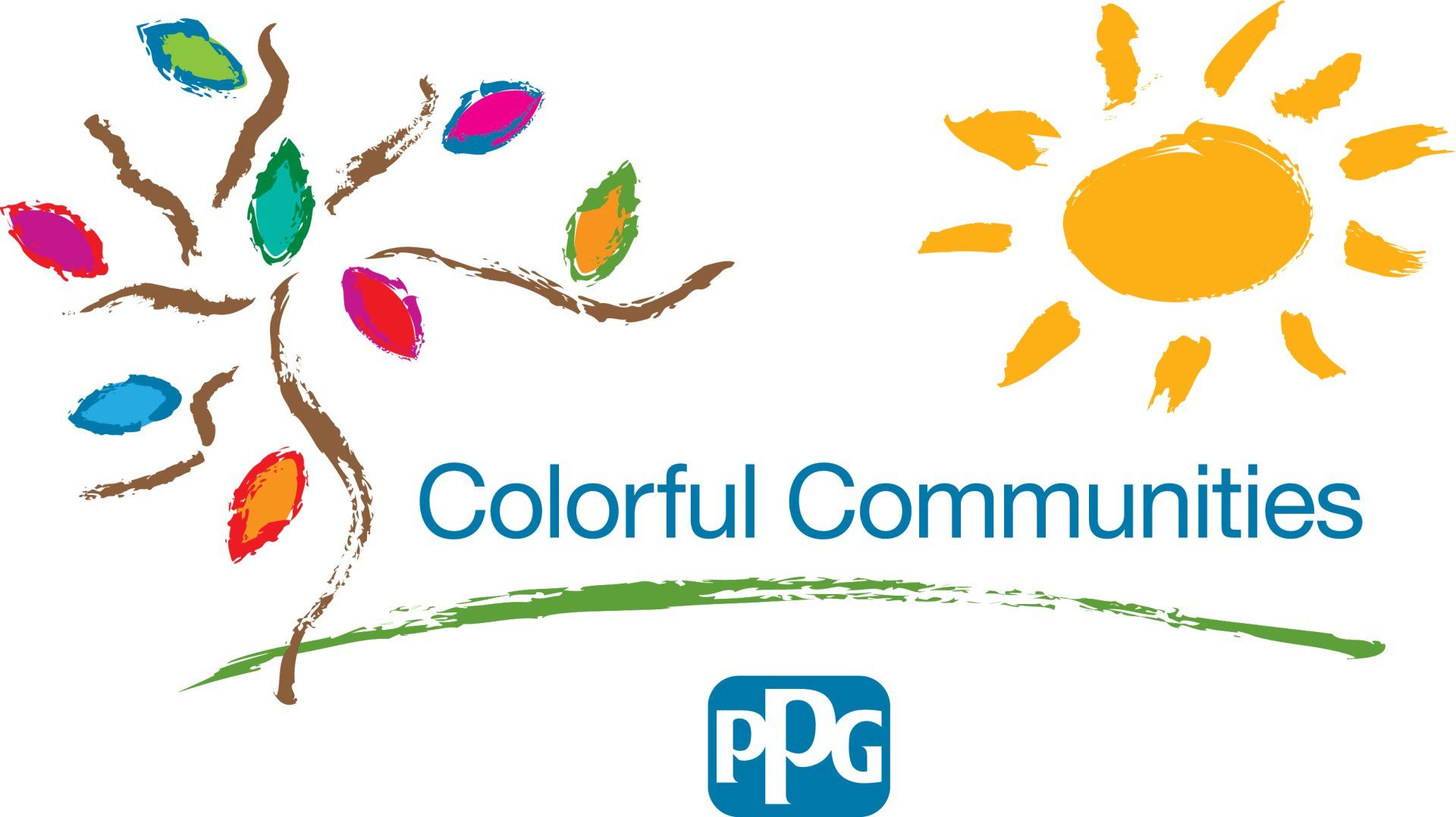
Between 1994 and 2013, school systems spent an average of $49 billion annually for new school construction and capital projects to improve existing infrastructure – about half of the estimated investment required to provide healthy and safe 21st century learning environments. In fact, today 53% of public-school districts report needing to update or replace multiple building systems, performing repairs, renovations, and modernizations to bring the infrastructure into good overall condition. The quality of an educational environment has a dramatic impact on a child's development. While the importance of many developmental factors, such as health, housing and parenting are widely recognized, the importance of a child’s educational environment is becoming more apparent. After parents and teachers, the physical environment is considered a child’s “third teacher.”
When it comes to students’ success, classroom environments make a difference. For the past two years, students across the U.S. transitioned between alternative learning environments, making it no surprise that the heavy tolls students paid during this time continue to carry forward. As classrooms return to regularity, it is crucial to recognize the importance of surrounding students with effective classroom spaces to help them feel engaged, motivated and ready to learn.
Heart of America, an education equity nonprofit organization that transforms learning spaces and bridges resource gaps, has found that modern and vibrant school environments play an essential role in setting children on a path of opportunity. These transformed spaces send a strong message to students about their value and the important role education plays in their future success.
Despite this, 40% of public schools don't have a facilities plan for long-term maintenance and upgrades and 16% of districts have not assessed their building needs in more than a decade. Meanwhile, a quarter of U.S. school buildings report their interior finishes and trim are in poor or fair condition[1]. Additionally, schools in high-poverty areas, which disproportionately serve children of color, are reported to be most in need of the repairs.[2]
An effective way to address the needs of local schools and create inspiring, equipped spaces, is to start with something simple but powerful: fresh paint colors.
A study by PPG conducted in partnership with RAND Corporation and Campos demonstrated that painting classrooms with colors specifically intended to enhance learning can improve both students’ and teachers’ experiences in the classroom and can increase their feelings of engagement in learning. Such engagement has never been more important than now.[1]
PPG and Heart of America recently teamed up to revitalize classrooms and schools in preparation for students’ return this fall. Using research-backed paint colors specifically selected to enhance the school’s learning objectives, this makeover aims to create spaces where students feel engaged as they head back to their classrooms for a new school year.
Non-profits and corporations are uniquely positioned to help local school districts close the education equity gap. By providing educational resources and community volunteers, these partnerships take outdated classrooms from disrepair to inspiring spaces so that students can thrive. Every student, no matter where they live, deserves the opportunity to learn in a space that promotes positive academic outcomes.
[1]
https://www.edweek.org/leadership/the-dismal-state-of-school-infrastructure-in-charts/2021/04
[2] https://www.cbpp.org/research/state-budget-and-tax/americas-school-infrastructure-needs-a-major-investment-of-federal#_ftn7
[3] https://communities.ppg.com/colorful-communities/classroom-color-research

Malesia Dunn is the executive director of the PPG Foundation and corporate global social responsibility. Through the New Paint for a New Start initiative by PPG’s COLORFUL COMMUNITIES® program, more than 25 schools across the world will receive a colorful and transformative makeover in July 2022.
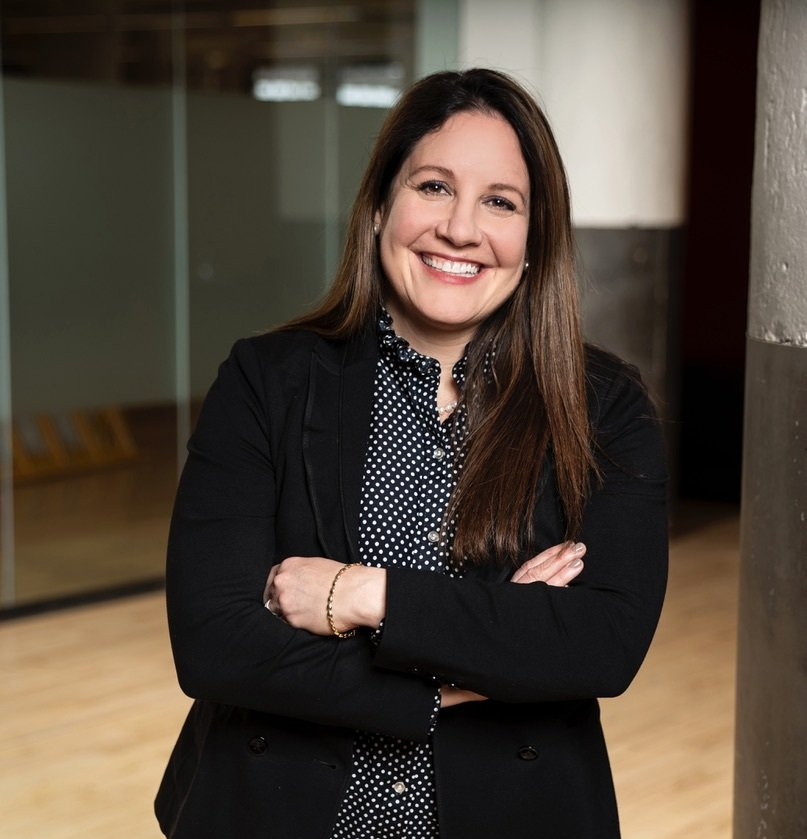
Jill Heath is President and CEO of Heart of America (HOA) a nonprofit that focuses on education equity in under-invested schools. For 25 years HOA has been delivering high-quality educational resources and modernizing spaces. Jill has more than two decades of experience in corporate philanthropy, strategic leadership and community investment. Jill is a strategic thinker with an orientation toward shared value and a steadfast enthusiasm for game-changing business and community programs.


